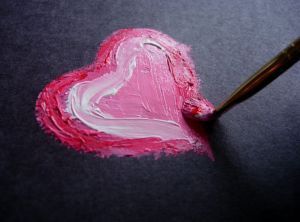Contemporary Romance Writer: How Do You Define Happily Ever After?
Every self-respecting romance novel or movie ends with a happily ever after, or HEA in writer-speak.
But if we were all sitting around my family room talking romance (lovely idea, that!) and we tried to determine the components of a HEA … well, I'm not sure we could.
Spoiler Alert: I give away the endings to some books, so be forewarned! Nothing specific, but general examples.
Reconciliation HEA — The hero and heroine make up and admit that, despite whatever misunderstandings have kept them apart, they love one another and want to be together. Movie: Pride and Prejudice (and yes the PBS version qualifies too for all you Jane Austen purists!). Book: Think My Foolish Heart by Susan May Warren or Along Came Jones by Linda Windsor.
Ring HEA — The hero gets down on one knee (either literally or figuratively) and proposes. Movie: While You Were Sleeping. Books? Think Lakeside Reunion by my friend Lisa Jordan or Savanna's Gift by my friend Camille Eide, both debut novelists (and both great reads!)
Ribbons and a Bow HEA — The author neatly wraps everything up and gives you a reconciliation, a ring exchange, a wedding ceremony performed either onstage or offstage, and maybe even fast forwards to children or babies-to be. Honestly, I couldn't think of one movie that has a Ribbon in a Bow HEA. Any suggestions? Book: Think Dining with Joy by Rachel Hauck — although Rachel did this with a very light touch that I liked a lot.
In Your Words: What's your favorite kind of HEA? When you get to the end of a book (or a movie), do you want a reconciliation or a ring — or do you want it all wrapped up in a bow?
photo by Keeandra/stockxchng.com




